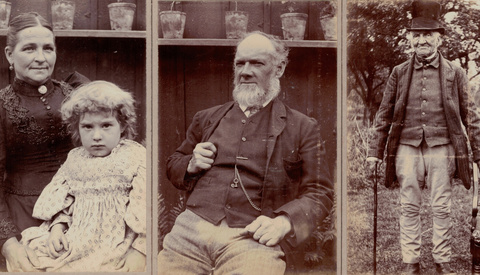A Documentary on The Most Famous September 11th Photograph No One Has Ever Seen
The images from the September 11th tragedy are no doubt stuck in all of our minds. For most of us, the phrase "9/11" instantly reminds us of a plane hitting the World Trade Center, smoke billowing out of the two buildings, or the heroic images of rescue workers attempting to save lives after the buildings had collapsed. Among the 1000's of images taken on that day, Richard Drew's "The Falling Man" has been both the most controversial as well as the most forgotten. This powerful documentary explorers the stigma surrounding one of the most censored images in US history.





























